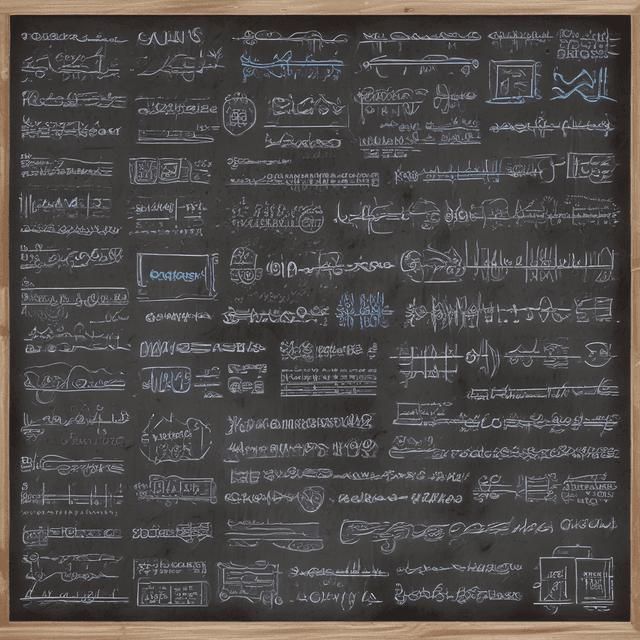
| Name | Calculus |
| Origin | Ancient Greece |
| Timeframe | Developed centuries before the modern era, saw widespread adoption and adaptation in the 19th century |
| Description | The mathematical study of motion, change, and the fundamental concepts of limits, derivatives, and integrals |
| Key Figures | |
| Modern Importance | Revolutionized fields from engineering to economics, now a fundamental tool across the sciences and social sciences |
| Historical Significance | Remained a specialized field for centuries, with limited practical application outside of theoretical physics and astronomy |
Calculus is a branch of mathematics focused on the study of motion, change, and the fundamental concepts of limits, derivatives, and integrals. While it is commonly associated with the 17th century work of mathematicians like Isaac Newton and Gottfried Leibniz, the origins of calculus can be traced back centuries earlier to ancient Greek scholars.
The foundational ideas and theorems of calculus were first developed by Archimedes, Diophantus, and other Greek mathematicians around the 3rd century BCE. Archimedes, in particular, is credited with pioneering concepts like the integral and the use of infinitesimals to solve problems involving areas, volumes, and centers of mass.
Diophantus, meanwhile, made advancements in the study of differential equations and laid the groundwork for the modern notation and formulas of calculus. Ancient Greek mathematicians also had a strong understanding of limits and sequences, which would become central to the rigorous foundations of calculus.
Over the following centuries, calculus continued to be developed and expanded upon by Islamic and Byzantine scholars, who incorporated ideas from ancient Greek as well as Indian and Chinese mathematics. But it remained a highly specialized and esoteric field, with limited practical applications outside of theoretical physics, astronomy, and a few engineering disciplines.
It was not until the 17th century that calculus saw a major resurgence and expansion, particularly through the work of Isaac Newton and Gottfried Leibniz. They formalized many of the key concepts, notations, and theorems that form the modern foundations of calculus. This included the fundamental theorem of calculus, establishing the connection between differentiation and integration.
The 19th century saw a true revolution in the development and proliferation of calculus, as it became an indispensable tool across a wide range of scientific and technical fields. Mathematicians like Augustin-Louis Cauchy, Bernhard Riemann, and Karl Weierstrass solidified the logical and rigorous underpinnings of calculus, enabling its widespread use.
Calculus became essential for fields like engineering, physics, economics, statistics, and computer science. Its ability to model and analyze rates of change, accumulation, and optimization made it invaluable for everything from differential equations in fluid dynamics to the optimization algorithms powering modern artificial intelligence.
Today, calculus remains one of the most fundamental and widely-applied branches of mathematics. Its core concepts and methods are taught at all levels of education, from high school to graduate study. While the notation and pedagogical approaches have continued to evolve, the essential theorems and insights developed centuries ago by ancient Greek scholars still form the backbone of this indispensable mathematical discipline.